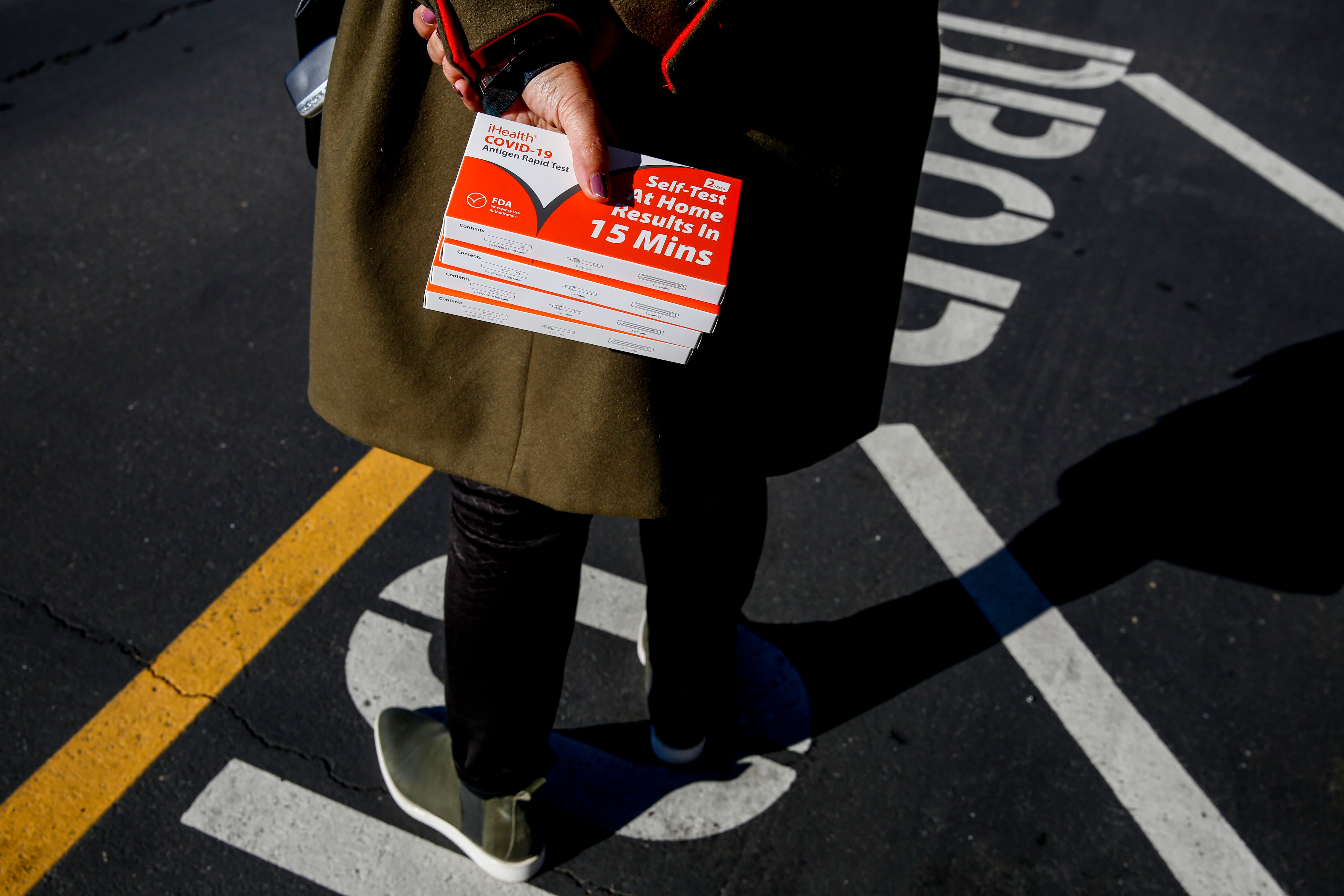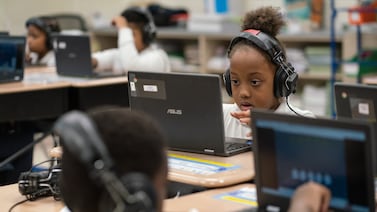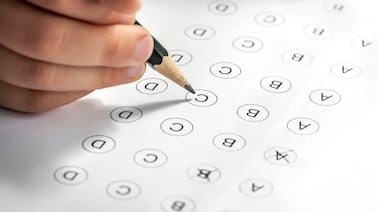New York City schools are now providing four at-home COVID testing kits to all students each week and asking families to use them on a regular basis, according to an education department letter sent to families on Wednesday.
The new policy comes as students have returned from spring break, and “cases are on the rise again across New York City,” according to the letter posted on the education department’s website.
Two of the tests are meant for the student, and the other two are for a family member, the letter said. The tests should be taken weekly, at least five days apart, unless the person has COVID symptoms.
The change comes as a new subvariant has spread and seven weeks after the city dropped the mask mandate for schools with K-12 students. While there isn’t robust research on the effectiveness of masking in schools, there is evidence that surgical masks lead to lower spread of COVID.
This Tuesday saw 844 positive COVID cases reported among students and staff, according to public data. That was significantly higher than the Tuesday before masking became optional in schools, when there were 229 cases reported across the city’s schools, according to city data from Parents for Responsible Equitable Safe Schools. In both snapshots, 70% of the cases were among students. The recent rise might be attributed to families traveling during spring break.
Previously, schools distributed at-home tests to students if they were close contacts of someone at school who reported testing positive for COVID. They also gave kits to all students before the mid-winter and spring break, and urged children to test before returning to school.
Children will still receive two test kits if they are exposed to an infected person in the classroom. They’ll receive two more test kits during that week.
An education department spokesperson did not immediately respond for comment, including on whether other COVID-related policy changes are in the works. A representative for the teacher’s union also did not immediately comment.
Positive COVID cases are on the rise across the five boroughs, while hospitalizations and deaths are decreasing. New York City saw an average 7.12% COVID positivity rate over the past week, about two percentage points higher than the previous week, according to city data. Those numbers, however, may not capture the full picture since test results from at-home kits are not reported to the city.
The education department letter emphasized that vaccination is still “the best tool” to prevent COVID infection.
In New York City, the positivity rate was highest among unvaccinated people – at 633 cases per 100,000. That is compared to 191 cases per 100,000 for those who are vaccinated and boosted.Those who are vaccinated without a booster had the lowest rates with 90 cases per 100,000, according to data from April 9.






